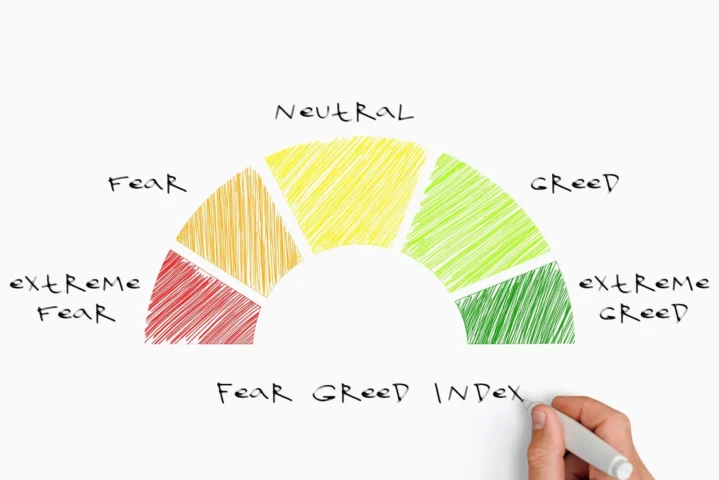how to use sentiment and contrarian indicators
Table of Contents
How to Use Sentiment and Contrarian Indicators to Win Trades

how to use sentiment and contrarian indicators, Investing and trading can feel like navigating a maze, especially when emotions and market noise cloud your judgment. But what if you could use the crowd’s emotions to your advantage? By understanding sentiment analysis and contrarian indicators, you can make smarter trading decisions and potentially outperform the market. In this article, we’ll explore how to use these tools effectively, step by step.
Understanding how to use sentiment and contrarian indicators
Sentiment indicators measure the overall mood of the market. They tell you whether traders are feeling optimistic (bullish) or pessimistic (bearish). On the other hand, contrarian indicators help you identify when the majority might be wrong. These tools are powerful because markets often move in the opposite direction of what the crowd expects.
For example, if everyone is overly bullish, it might signal that the market is due for a correction. Similarly, extreme bearishness could indicate a buying opportunity. By combining these two approaches, you can spot trends and reversals before they happen.
How Sentiment Analysis Works
Sentiment analysis involves tracking the emotions of market participants. Here’s how it works:
- Social Media and News Sentiment: Tools analyze tweets, news articles, and forums to gauge public opinion. For instance, if a stock is trending positively on Twitter, it might indicate bullish sentiment.
- Put/Call Ratios: This measures the volume of put options (bearish bets) versus call options (bullish bets). A high put/call ratio often signals fear, while a low ratio suggests greed.
- Surveys and Polls: Some platforms survey traders to measure their outlook on the market.
These tools help you understand the crowd’s mindset, but they’re only part of the puzzle.
The Power of Contrarian Indicators
Contrarian indicators flip the script. Instead of following the crowd, they help you identify when the crowd might be wrong. Here’s why they matter:
- Extremes Signal Reversals: When sentiment reaches extreme levels (like 90% bullish), it often precedes a market reversal.
- Crowds Are Often Wrong: Markets are driven by fear and greed, which can lead to irrational decisions. Contrarian indicators help you stay objective.
Some popular contrarian indicators include:
- The Fear & Greed Index: This measures emotions like fear, greed, and complacency in the market.
- Commitment of Traders (COT) Report: This shows the positions of large traders, helping you spot when they’re overly bullish or bearish.
By using these tools, you can spot opportunities that others might miss.
Combining Sentiment and Contrarian Strategies
The real magic happens when you combine sentiment analysis with contrarian indicators. Here’s how to do it:
- Identify Extreme Sentiment: Use sentiment tools to spot when the crowd is overly bullish or bearish.
- Look for Confirmation: Check contrarian indicators to see if they align with your sentiment analysis.
- Plan Your Trade: If both tools suggest a reversal, consider taking a position in the opposite direction of the crowd.
For example, if sentiment is extremely bullish but the Fear & Greed Index shows greed, it might be time to sell or short the market.
Practical Tips for Using These Indicators
Here are some actionable tips to help you get started:
- Start Small: Test these strategies with small positions until you’re comfortable.
- Use Multiple Indicators: Don’t rely on just one tool. Combine sentiment analysis with technical and fundamental analysis for better results.
- Stay Disciplined: Stick to your trading plan, even when emotions run high.
- Monitor News Events: Major news can shift sentiment quickly, so stay informed.
Remember, no indicator is perfect. Use these tools as part of a broader strategy to improve your odds.
Conclusion
Sentiment and contrarian indicators are powerful tools for any trader or investor. By understanding the crowd’s emotions and knowing when to go against the grain, you can make smarter decisions and potentially outperform the market.
Now it’s your turn. Have you tried using sentiment or contrarian indicators in your trading? What challenges have you faced? Share your thoughts in the comments below!





